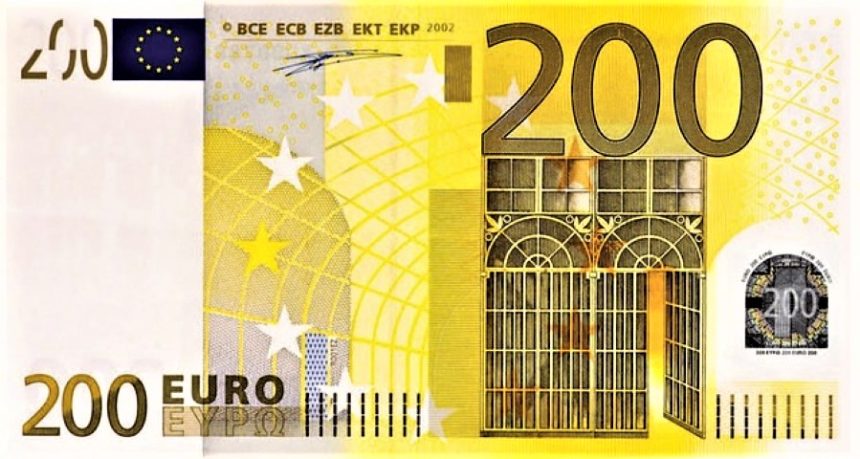Euro continues to rise, reaching new four-month highs above 1.1010.
The Euro (EUR) resumed its broader rise on Thursday. Breaking over the 1.1010 barrier region in the European session on Friday. Bolstering the US Dollar’s weakness. A slew of dismal US data strengthened investors’ belief that the US Federal Reserve (Fed) will begin loosening monetary policy in early 2024.
According to data released on Thursday, the US economy grew at a slower rate than previously predicted in the third quarter. These numbers were accompanied by Weaker manufacturing numbers. And hints of reducing inflation support the hypothesis of a soft landing ahead.
This week, the market celebrated the conclusion of the tightening cycle. And is waiting for November’s Personal Consumption Expenditure (PCE) Price Index data to signal the start of the easing cycle. The Fed’s preferred inflation gauge is expected to reveal further slowing in price pressures. Which, if confirmed, might add to bearish pressure on the USD.
Daily market movers: The euro is rising ahead of US PCE inflation.
The Euro rises to new highs as all eyes turn to the US PCE Price Index data.
Later today, the US PCE Prices Index is likely to have remained unchanged month on month in November. With the For the first time in over three years, the annual rate has fallen below 3%.
The Core PCE Price Index, which excludes. The influence of seasonal products such as food and energy, is expected to expand steadily at 0.2% and fall to 3.3% from 3.5% last year.
On Thursday, the US third-quarter GDP estimate was cut downward to 4.9% annualized growth from 5.2% before.
The Philadelphia Fed Manufacturing Index fell to -10.5 in December from -5.9 in November. Falling short of the market’s expectation of a small rebound to -3.
Personal Consumption Expenditures in the United States fell to 2.6% in the third quarter. Down from 2.8% in the previous quarter.
Jobless claims in the United States climbed by 205K from 203K the previous week. Well below the 215K projected. However, this information was skewed. by the dismal GDP and manufacturing figures.
According to the CME Group Fed Watch Tool. Investors are pricing in a nearly 75% possibility of a quarter-point rate decrease in March and a 250 basis point cut in 2024.









